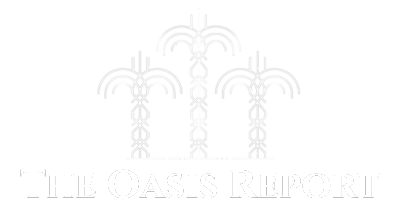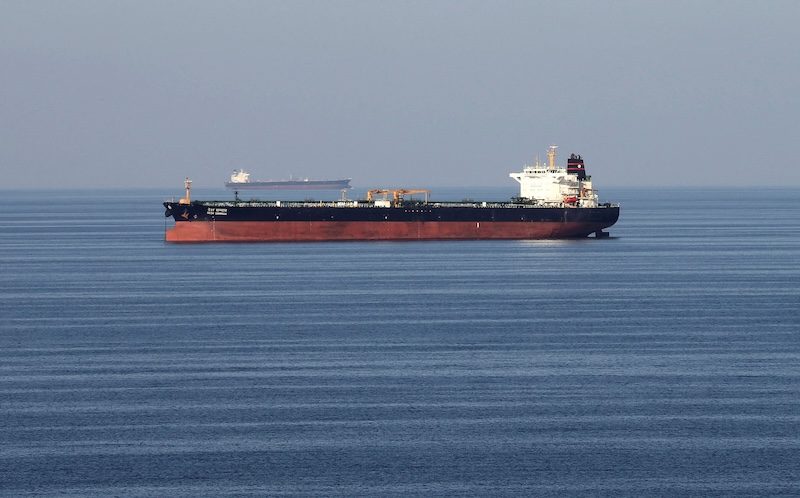Gulf stock markets recovered from early losses on Sunday, but investors are bracing for the fallout from a US attack on Iranian nuclear sites and a threat by Tehran to close the Strait Hormuz.
US forces struck Iran’s three main nuclear sites late on Saturday, and President Donald Trump warned Tehran it would face more devastating attacks if it does not agree to peace.
In Qatar, the index concluded 0.2 percent higher, helped by a 2.6 percent rise in telecoms firm Ooredoo and a 1.2 percent increase in Qatar Gas Transport.
“It is admittedly a bit surprising to see regional equities shrugging off the US strikes on Iran with relative ease, with opening losses having pared relatively rapidly,” Michael Brown, senior research Strategist at Pepperstone, told Reuters.
Brown said that the markets had already discounted the probability of a US attack, and investors anticipated a swifter resolution to the conflict following the attacks.
Bahrain and Kuwait, home to US bases, made preparations on Sunday for the possibility of the conflict spreading to their territory, with Bahrain urging drivers to avoid main roads and Kuwait establishing shelters in a ministries complex.
Kuwait’s premier index reversed early losses to finish 0.4 percent higher, while Bahrain’s main index added 0.3 percent. The Omani share index was up 0.4 percent.
Jaap Meijer, head of research at Arqaam Capital, said he expected limited downside potential, as investors will likely capitalise on dips, especially in stocks that have been undervalued or stand to gain from rising oil prices.
Saudi Arabia, the world’s largest oil exporter, was on a high-security alert after the US strikes, sources told Reuters. The Saudi benchmark index, gave up early gains to close 0.3 percent lower on Sunday, hit by a 1.2 percent fall in Al Rajhi Bank. Recently listed Prince Alwaleed Bin Talal-backed airline Flynas tumbled more than 4 percent.
While Saudi Arabia has been pursuing Vision 2030 plans to diversify its economy away from hydrocarbons, the kingdom, and the wider Gulf region, is still heavily dependent on the price of oil.
Global benchmark Brent crude futures have risen as much as 18 percent since June 10, hitting a near five-month high of $79.04 on Thursday.
Before the US attack on Saturday, analysts at Oxford Economics modelled three scenarios, including a de-escalation of the conflict, a complete shutdown in Iranian oil production and a closure of the Strait of Hormuz, “each with increasingly large impacts on global oil prices.”
In the most severe case, global oil prices jump to around $130 per barrel, driving US inflation near 6 percent by the end of this year, Oxford said in the note.
Iran’s threat to shut down the Strait of Hormuz appeared to move a step closer on Sunday after Iran’s Press TV reported that the Iranian parliament had approved a measure to close the vital oil shipping passage, through which around a fifth of global oil and gas flows.
US Secretary of State Marco Rubio on Sunday called on China to encourage Iran to not shut down the Strait of Hormuz.
“If they do that, it will be another terrible mistake,” Rubio told Fox News. “It’s economic suicide for them if they do it. And we retain options to deal with that, but other countries should be looking at that as well. It would hurt other countries’ economies a lot worse than ours.”
Gulf states were on high alert on Sunday. Leaders including the UAE president, the Emir of Qatar and the Crown Prince of Saudi Arabia, who had all hosted Trump last month for a tour of the region, on Sunday discussed the serious implications of the escalation for international and regional security, UAE state news agency reported.



